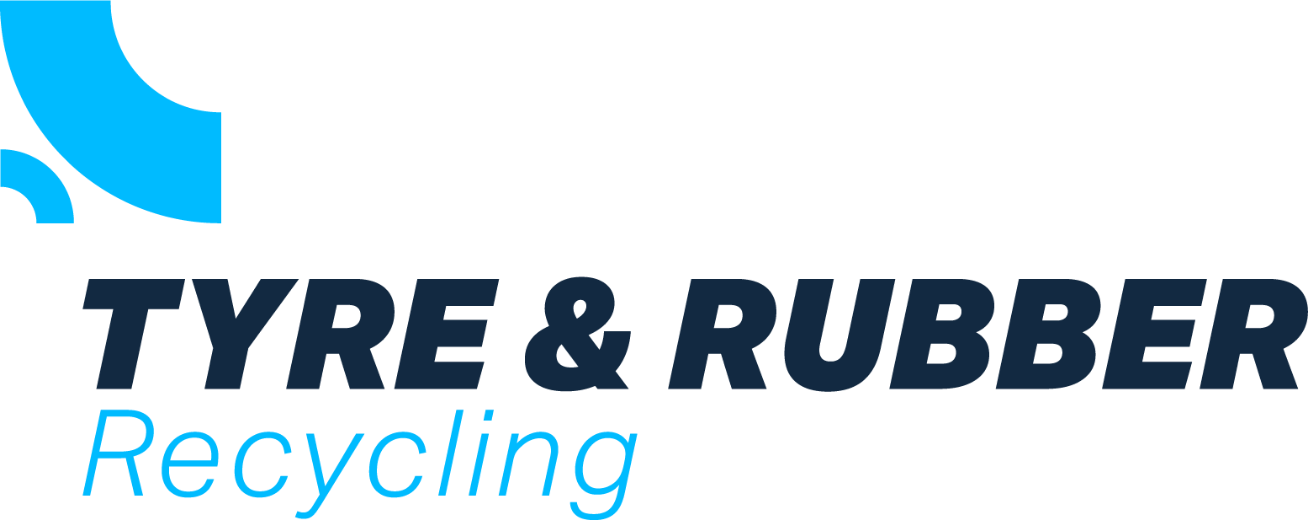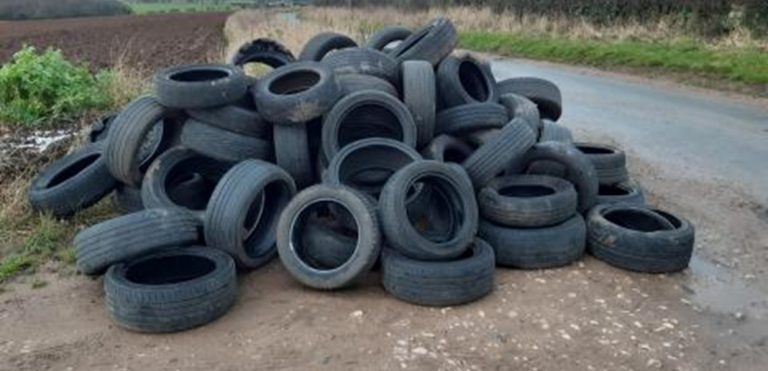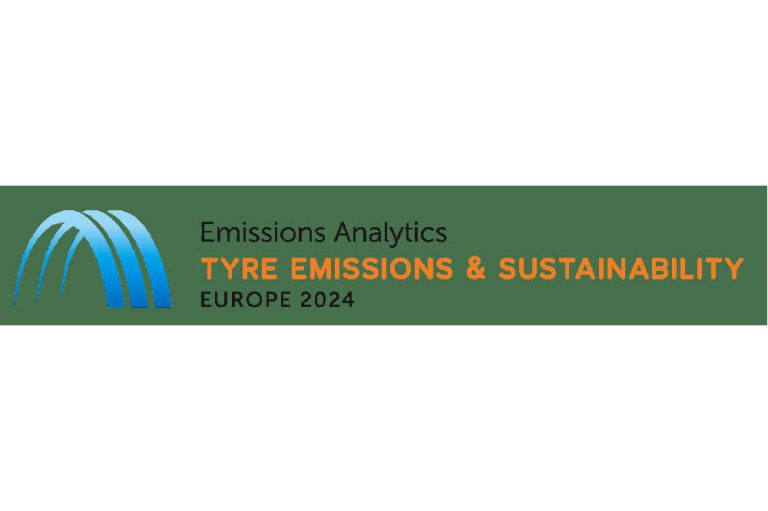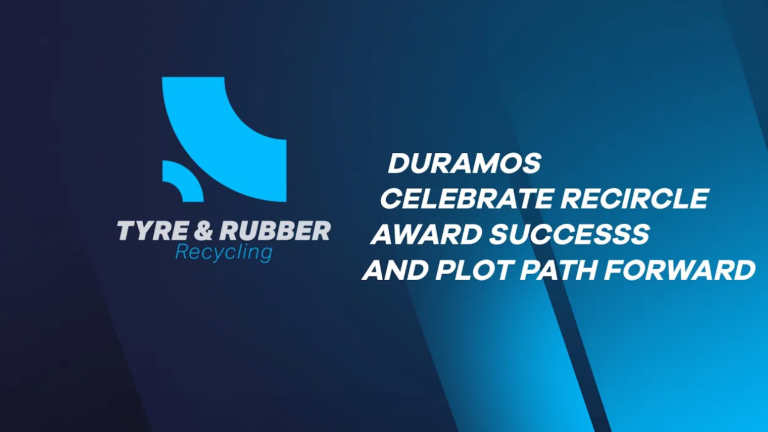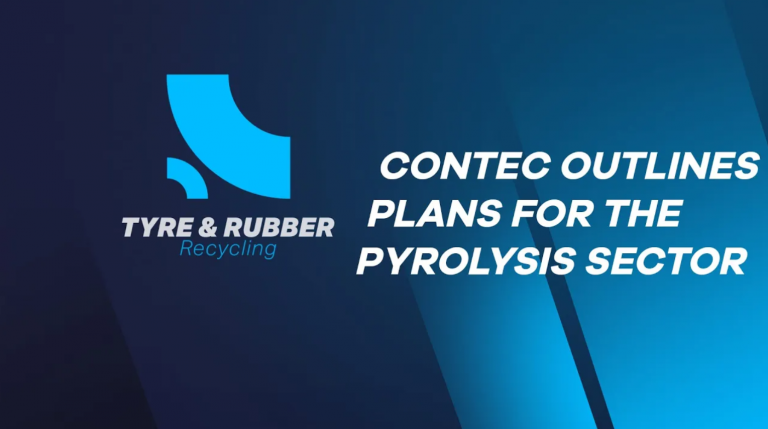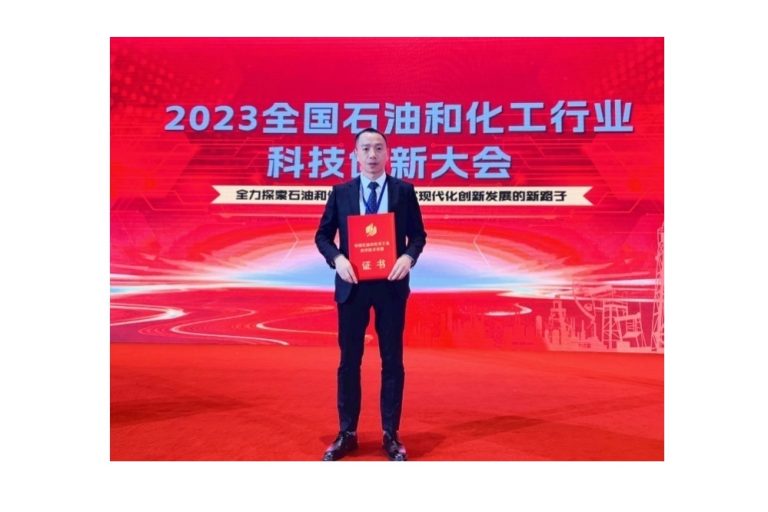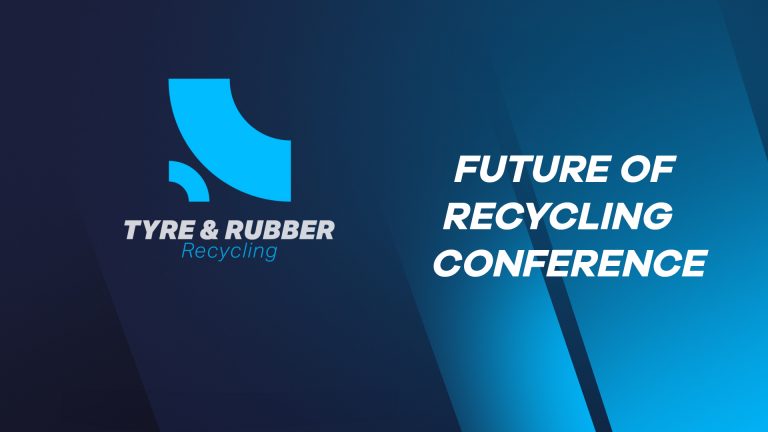As previously reported, Youngstown city council has objected to a new tyre pyrolysis plant being created in the city
Youngstown wants to examine the SOBE pyrolysis project in more detail.
The city council has put a one-year moratorium to give the city council time to conduct research on the waste-to-energy project.
The one-year pause on the proposed SOBE Thermal Energy Solutions plant has been touted as a win for local environmental advocacy groups, according to coverage by Ideastream Public Media.
Local environmentalists had raised concerns about plans by Youngstown company SOBE, to build a tyres to energy plant from shredded tyres.
The objectors highlighted that there was a lack of research on the project and how it might impact the local area. In fact, they referred to research that suggested that the output might not be as environmentally friendly as virgin oil or carbon black.
“We wanted to take that time to study the issue more in depth [looking] into the concerns that the residents have both about zoning issues but also just safety, environmental health concerns,” council President Tom Hetrick said.
Through pyrolysis, viewed by some as a sustainable solution to the growing threat of plastic pollution, the project would see shredded tyres heated and converted into synthetic gas that would be used to heat surrounding buildings. Which, in itself is a simplistic explanation of the process.
The Ohio Environmental Protection Agency (EPA) has not yet published a final permit for SOBE. In a letter to council, the agency noted that, even if the EPA issues its final permit to the energy plant, SOBE would have to meet local requirements to operate. According to the story, Hetrick says the council may use the one-year pause to update zoning code to ban pyrolysis operations near residential areas.
“As a city, we do have the authority to regulate land use decisions within the city limits,” Hetrick says. “So, this moratorium is exercising those rights that the city of Youngstown does have.”



